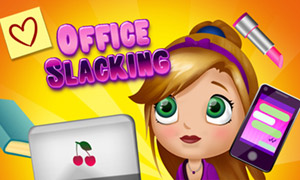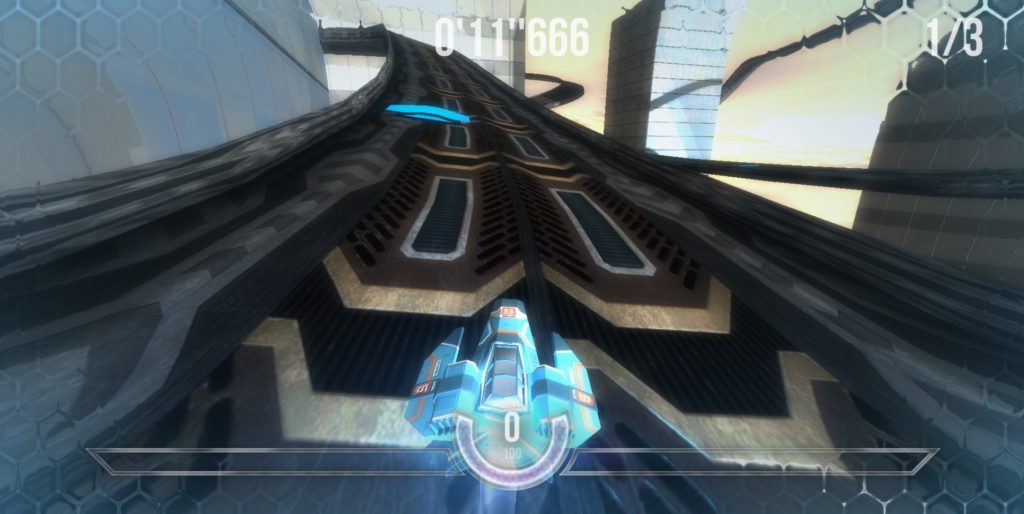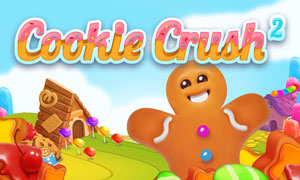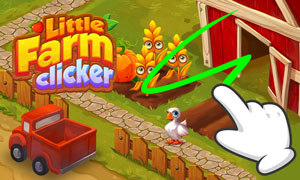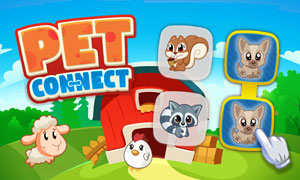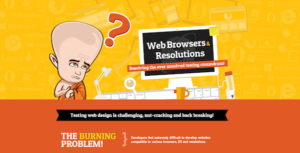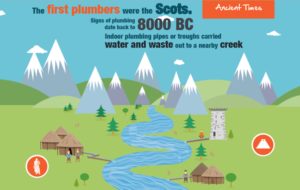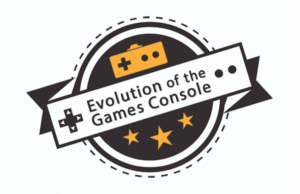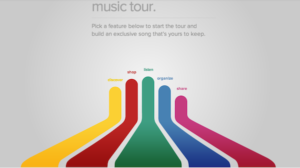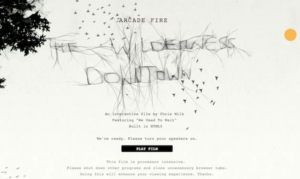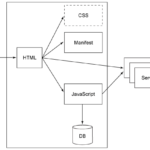

It’s no secret that in this modern world of online marketing and website development, terminology and various acronyms can quickly confuse those who don’t work in the industry. And those who aren’t exposed to it on a regular basis. Take for example HTML5. Most marketers have some familiarity with the topic of HTML but once you start adding numbers to it, well, that’s where you start to lose some folks.
This post aims to educate those newer to the concept of HTML5 and is packed with some awesome visual examples, so you can see this form of web programming in action as a way to take online, visual content to a whole new level.
The Origin & Adoption of HTML5
HTML5 has actually been a well known concept among website developers for years, with origins dating back to 2008. It was 2010 that it became a topic of mainstream media, thanks to Mr. Steve Jobs and his public letter titled “Thoughts on Flash”. In this letter, Jobs stated that “Flash is no longer necessary to watch video or consume any kind of web content” and that “new open standards created in the mobile era, such as HTML5, will win”. Well, he was right. Abode (makers of Flash) went down kicking and screaming, but by November 2011, they announced they would discontinue development of Flash for mobile devices and refocus their efforts in developing tools utilizing HTML5.
How is HTML5 Different From Traditional HTML?
At this point, most of the web and mobile devices are actually running some form of HTML5. But what makes it different from the old school form of HTML? According to Switched.com, HTML5’s most touted features are media playback and offline storage. With HTML4, sites usually have to reach for Flash (or Silverlight) to simply show a video or play music. HTML5 lets sites directly embed media with the simple HTML tags “<video>” and “<audio>” — no plugins required.
Awesome Examples of HTML5 for Displaying Visual Content
So enough with the history lesson, lets dig into some examples of how HTML5 is being used to take visual content to a whole new level.
1. Web Browsers & Resolutions [Infographic]
2. History of Waste Management [Infographic]
3. Evolution of The Games Console [Infographic]
4. Google Play Music Tour [Website]
Click to View SUPER COOL Website
5. The Wilderness Downtown [Website]
Feel inspired by what you’ve seen? These examples only scratch the surface as far as what’s possible with HTML5, but it’s proof that the web has evolved for the better and the future looks bright. Have some other good examples to share? Please post them in the comments section below.

